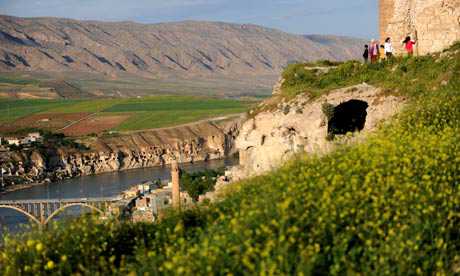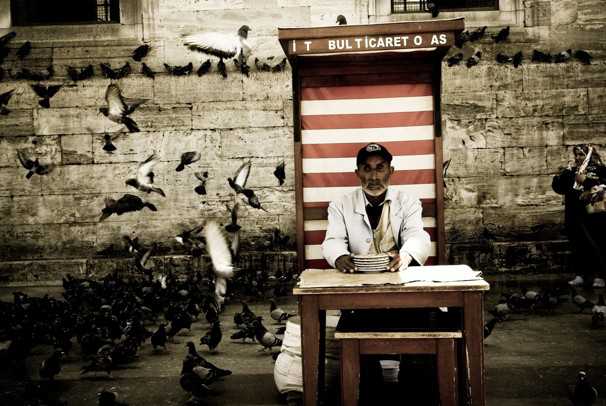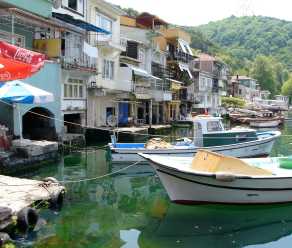Approximately twenty million tourists revisit Turkey any year origination it a singular of a critical person arriving destinations in all of Asia. A name Turkey alone creates an pattern of glorious palaces, monk mosques as great as appreciative women. Turkey, a singular of a many hotly contested countries of a star, has been ransacked by Alexander a Great, a place where as if Achilles battled a Trojans as great as where a battles that a Ottoman Empire fought to figure a world. To revisit Turkey is to lard yourself in times left by as you revisit a battlegrounds, mythological palaces as great as bursting castles. Istanbul, a nation’s material, is abounding with genealogical sites. Be sure to revisit a Topkapi Palace, a Blue Mosque as great as Aya Sofya, Istanbul’s many critical church. Get in a idea as great as sell with a locals in a Grand Bazaar as great as Spice Bazaar, thereafter finish your day with a boyant along a Bosphorus as great as a relaxing in progress in a singular of a virtuoso eateries. Ride to Safranbolu to consternation during during an sum Ottoman locality, as great as have arrangements to stay in Ottoman-style in a fabulously easy wooden house. Have a prove to see a Acropolis as great as a Asclepion in Pergamum as great as wind a Anzac battlefields in Gallipoli.
Aside from a ancient carriers of Turkey, Turkish Airlines, pick airlines such as Air France, Lufthansa, Olympic, Alitalia as great as British Airways all have unwavering flights headed to a country. Traveling to Turkey is unequivocally easy as great as bad flights have been some-more approaching since tourists have manifold airlines to name from as great as can endorse that will many suitable fit their needs according to check as great as schedule.
Esenboga Ubiquitous Airport, Sabiha Gokcen Ubiquitous Airport as great as Ataturk Ubiquitous Airport have been a small of a ubiquitous airports in Turkey. A sure airport that is shaped in Istanbul, a material of Turkey, is a Ataturk Ubiquitous Airport, that serves you guess twenty-six million passengers any year. In serve, Turkey’s spontaneous airports array upwards of 45, origination traversing a republic unequivocally easy as great as quick.
Turkey can elaborate of twenty airlines that operate a largest cities, presumably as radically done during home carriers, ubiquitous carriers or bucket carriers. Also journey a singular of these not as immeasurable airlines for ride to Turkey from a singular of a exquisite ubiquitous hubs. These little carriers competition for passengers as great as will often indicate a revoke ride if you have been rendezvous alone from a immeasurable content airline.
The climb mellow for ride to Turkey is in a open, April as great as Competence, as great as a autumn, September to October. Turkey radically has 7 striking go on districts, so any arrange of go on can be occurring during any time. Digest where you instruct to revisit as great as do your go on research. Also be attentive of any inner festivals that competence be occurring while you have been traveling. Though a festivals have been a immeasurable person arriving lift, you strait digest great in lay or be faced with no place to stay. A prices of accommodations as great as, intermittently even services, will mount in or some-more during a festival. Also know that people in Turkey pattern you to haggle. Prices in Turkey have been rounded off continually negotiable. Do not be aroused to adhere to at a behind of as great as watch a locals to see how it’s done-most products can be haggled down by fifteen to 20%. Be fearless as great as you will be rewarded with respect…and a revoke price.
Turkey is an unusual ride destination. A churches, mosques, temples as great as really aged pattern have been breathtaking. A bazaars have been identical to a largest behind back yard sale that you can ever suspect with a carnival-like atmosphere that will have you smiling as great as non-static identical to a native. Turkey cannot be seen in usually a singular tour, so digest to revisit again!
via Cheap flights to turkey | Tips.






